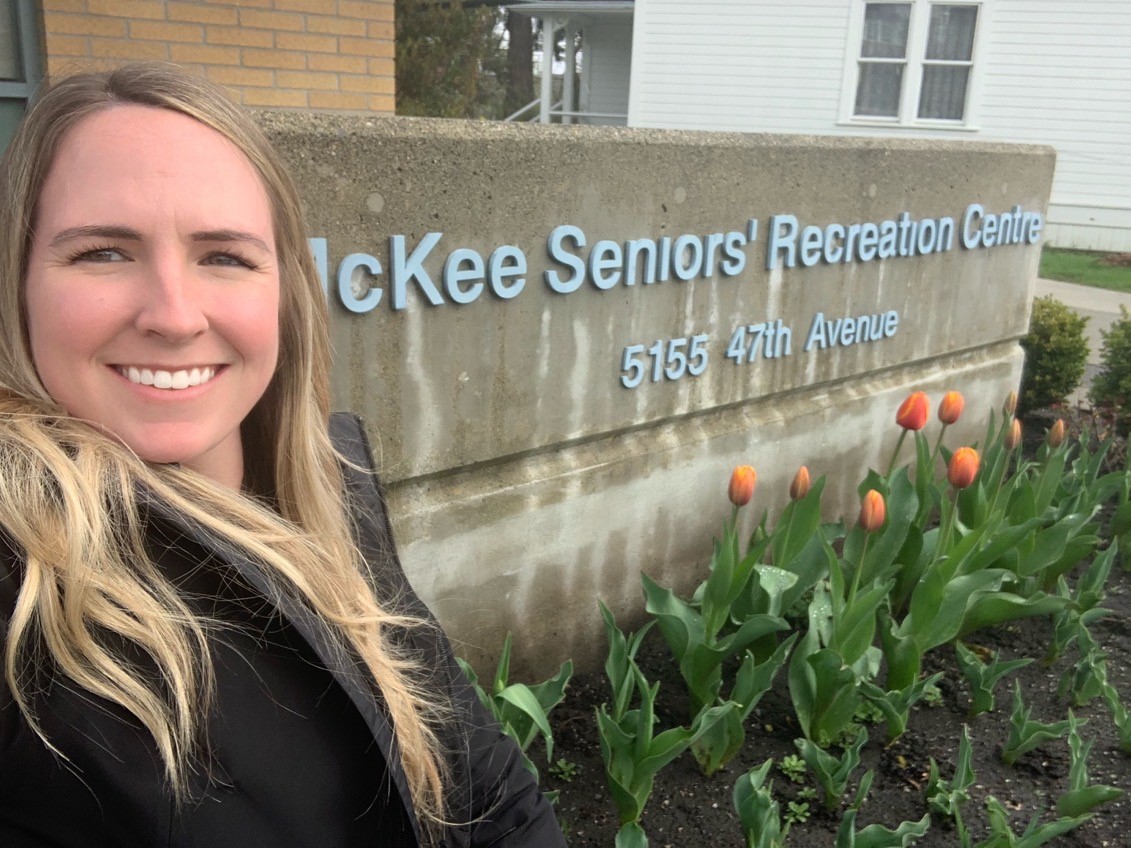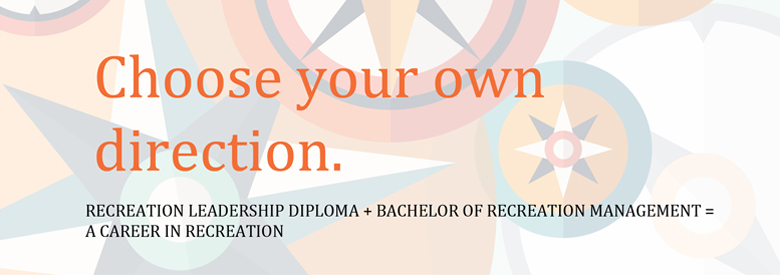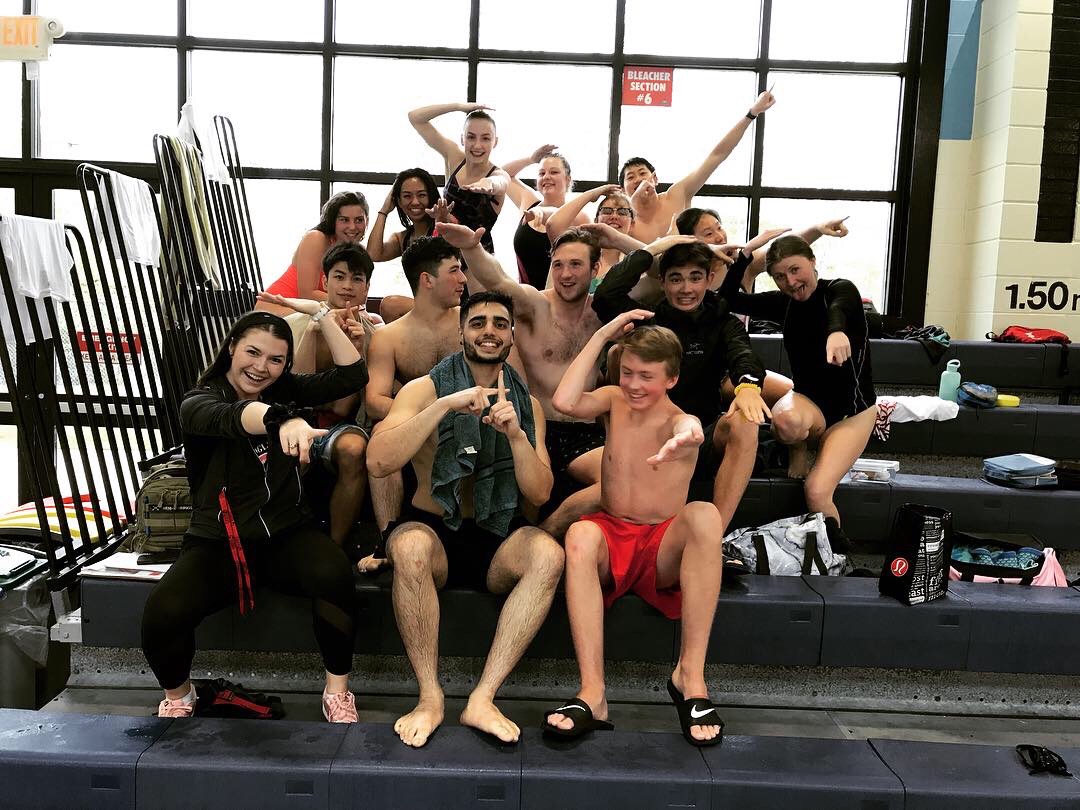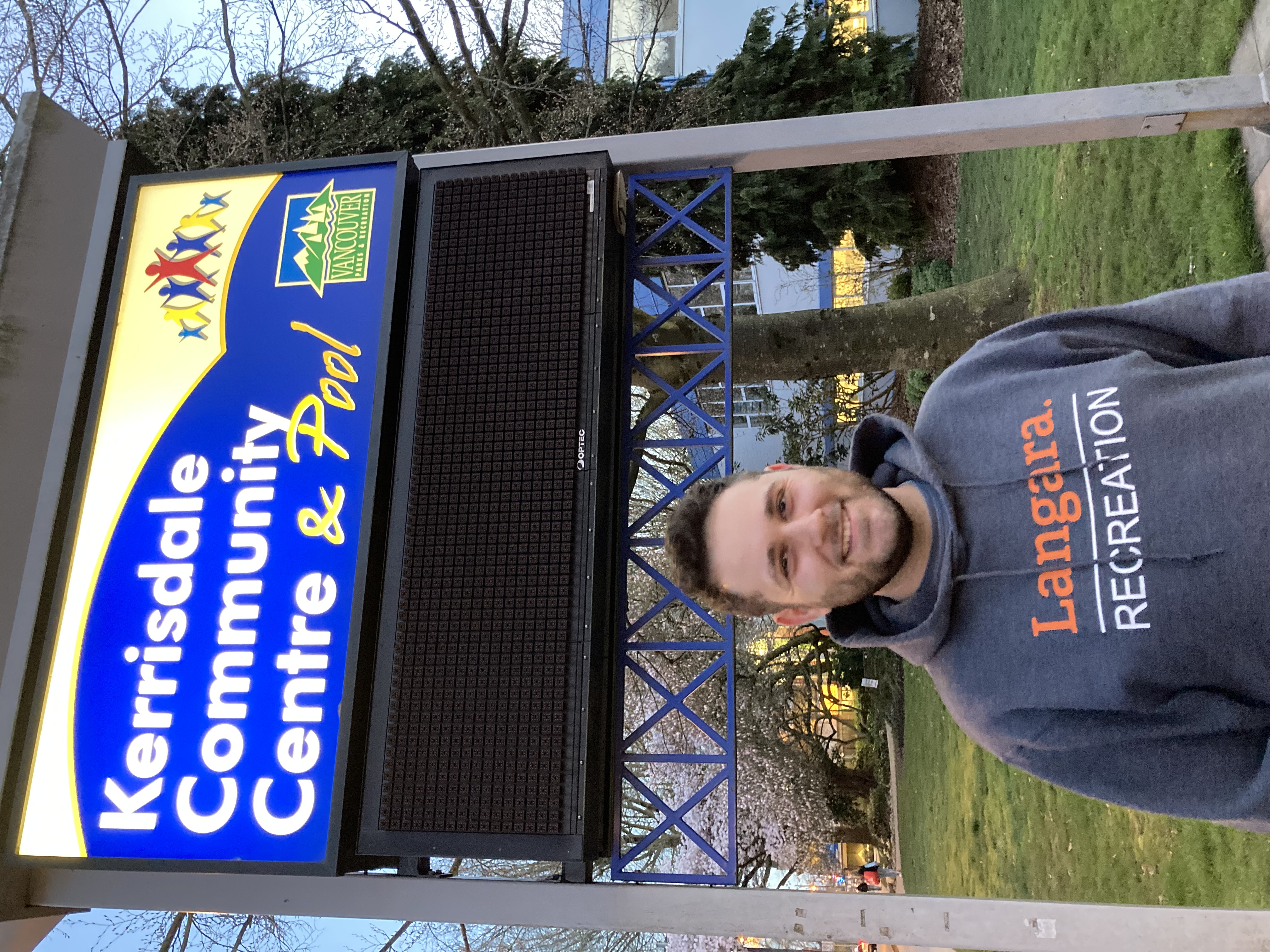2022 RECR 4400: Research Questions
What are the needs of children attending YMCA Kids Club programs and how can the Healthy Child Development (HCD) department evaluate their Kids Clubs to ensure each centre is more inclusive for children ages 6 -12? - Danielle Lee
YMCA Kids Clubs are programs providing school-aged children with activities before and after school. Kids Clubs programs are spaces for children to “thrive in an environment where everyone belongs and can explore, learn and have fun together. And that's what you'll find at our YMCA Kids Club licensed school-age child care locations across the Lower Mainland, Fraser Valley and Sunshine Coast” (YMCA of Greater Vancouver, 2022). The purpose of these programs is to provide the children with the opportunity to grow and reach their potential through fun and inclusive programming. Recreation for children allows them to “be more relaxed, focused, engaged, cooperative, creative, nurturing and happy” (Moore, 2019). When children are meeting these needs in their playing environment, they have the potential to fully thrive and reach their potential. During the research process, primary and secondary findings indicated that children's needs were not being met in programs. It is important for children in Kids Club programs to be in an inclusive environment, so it allows children to fully flourish and reach their highest potential in free play and organized programming. Through an analysis of existing procedures and documents, Healthy Child Development has strong guidelines put in place for programming. However, there is still room for the department to provide a more inclusive environment. To ensure that programs are more inclusive, staff need more resources and training and there needs to be more funding put into programs. This will help staff run fully inclusive programs at centres.
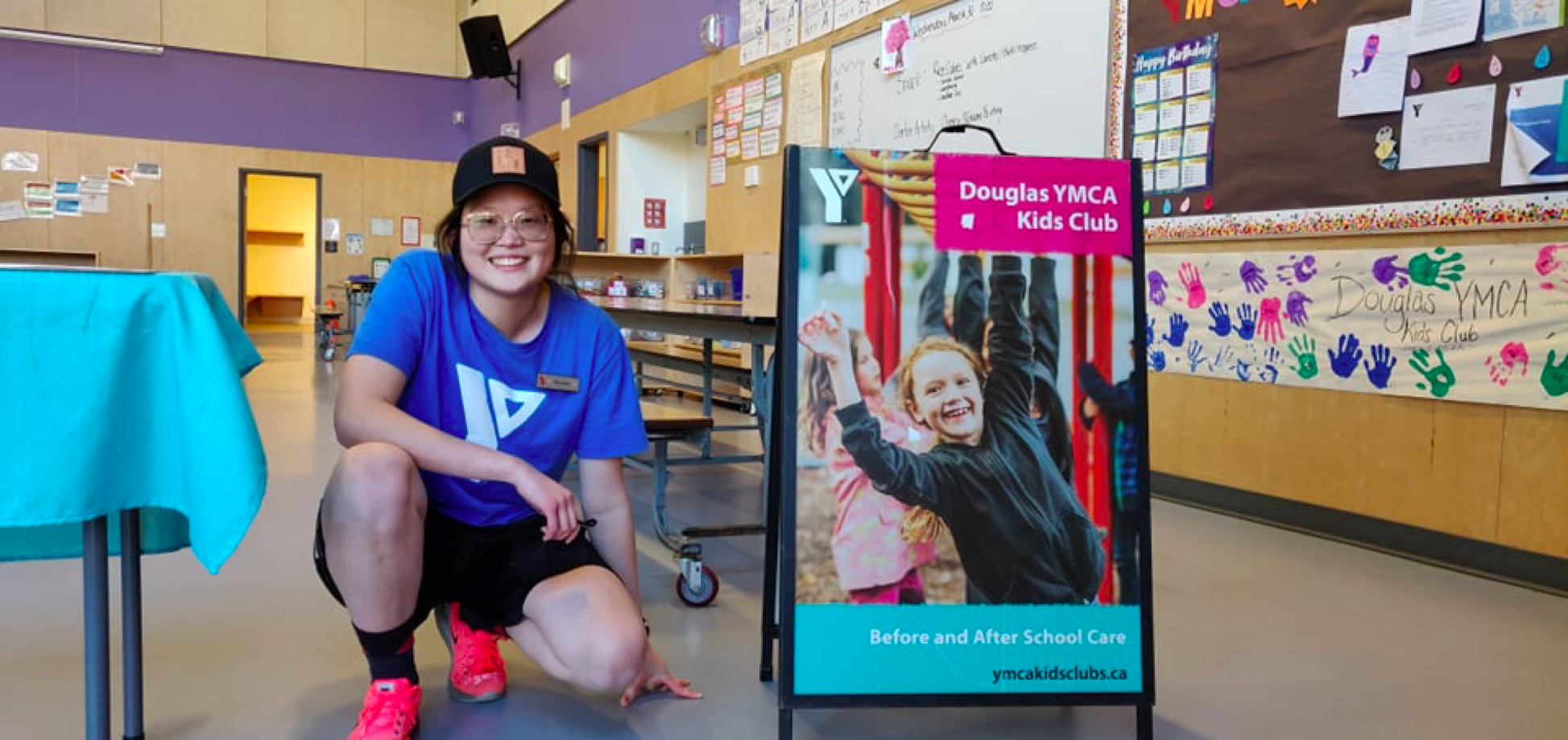
How does the delivery of swimming lesson programs increase the mental health and wellness of participants ages 3-6, and how can the City of Delta incorporate this into their programming? - Karina Tung
Swimming lessons are one of the first recreational activities that children can take part in, without their parent present, making this activity one of the first impressions that children can have with aquatics. Being that non-parented swimming lessons begin at approximately age 3, it is vital that recreation professionals in this field do their part to make this experience positive and supportive for the participants. Mental health is so vital for people of all ages, but there seemed to be lack of research behind how this topic is being tackled for children. This research question posed importance as there is no literature or research available on how swimming lessons impact mental health specifically, nor how swimming lessons can impact participants between the ages of 3 and 6. This study reviewed published current literature, analyzed operational content, interviewed recreation practitioners and observed 19 lessons and 50 participants to gain understanding of the current state of lessons and truly grasp how aquatics is currently handling mental health support through programming. It was found that there is a lack of understanding of child development for all individuals that program and deliver lesson programming, as well as a severe gap in training for these individuals on how to implement mental health aspects and initiatives within their lesson delivery. These findings coupled with the lack of available research in this topic area led to four recommendations for the City of Delta and aquatics programming in general:
- Implement children’s psychological first aid training
- Partner with child development specialists
- Utilize tactics to promote individual success
- Partner with the Canadian Mental Health Association
By incorporating these four recommendations into the training of staff and programming of swimming lessons and other aquatics programming, there is space to make great change in the way that mental health is currently being prioritized and supported. Providing ways to promote and prioritize mental health and wellbeing for our communities, as recreation professionals, is vital to ensuring that we develop opportunities for people to love recreation and recreate for life, ultimately, creating happy and healthy communities.

What barriers affect therapeutic recreation programs and how can George Derby staff reduce these barriers to improve the quality of care for long-term care residents? - Hailey Mitchell
Within Canada by the early 2030's there would be 1.5 million more people who will be nearing the age of 65 years and much of this growth is increased from the aging of Baby Boomers (Government of Canada, n.d; Statistics Canada, 2021; Lawlor, 2018). What this means for the long-term care sector is an increased number of incoming residents and the standard for care needing to advance with the influx and this involves the therapeutic recreation department. The purpose of this research was to highlight the barriers that residents face in long-term care facilities when involved in therapeutic recreation (TR) programs. The secondary research found strong evidence highlighting the barriers which included:
- Lack of autonomy for seniors.
- Workforce issues in long-term care.
- Physical health abilities of senior residents in long-term care.
- Mental health specifically depression for seniors in long-term care.
- Technology advancements lacking in long-term care.
- Poor communication when there is a language barrier.
Primary research noted that the George Derby Centre has worked to make quality of care a top priority by offering arrays of programs and opportunities for residents but it was found that they lack some areas that the literature suggested more than others.Personal interviews with people of varying roles and level of interactions with residents in long-term care showed that a major key finding that seniors have a lack of autonomy. When they have a decline in functions and someone else makes a decision for the "best interest" of their healthcare plan. This lead to lack of program participation and that not all staff are aware of the importance TR plays on the quality of care the residents have. Observations made at George Derby Centre contributed to a better understanding of how the organization was running in support of the research question. This showed that other healthcare staff were lacking the understanding and knowledge of recreation therapy which decreased overall support for staff in programs, poor communication tactics leading to less resident involvement, not using technology to its full potential for expanded program options or giving residents full choice over the option to be able to participate in recreation programs as there was only specific numbers of programs offered. It was clear that some procedures and programs exist but changes and/or implementations in policies, internal handbooks, delivery, and reviews of programs and staff training would be required to really make a meaningful impact on the way residents have high quality care. Staff need to have the knowledge and skills to provide the standard of care and George Derby needs to provide those opportunities for change.
The following long-term recommendations to George Derby Centre were formed out of the research and, if implemented, would answer the research question:
- Create an internal handbook/guide for steps on proper communication tactics to better assist with staff to resident interactions and generate higher response rates.
- Implement internal employee training/education opportunities to increase the importance about the various roles within healthcare and what their jobs specifically entail to reduce confusion and promote better understanding of the importance of therapeutic recreation.
- Create, implement and review more digital based programs to increase the use and awareness of technology with residents and programmers and provide new program opportunities.
- A review of most wanted program variations from residents to increase the number of opportunities for them to join into programs during the week and increase perceived autonomy.
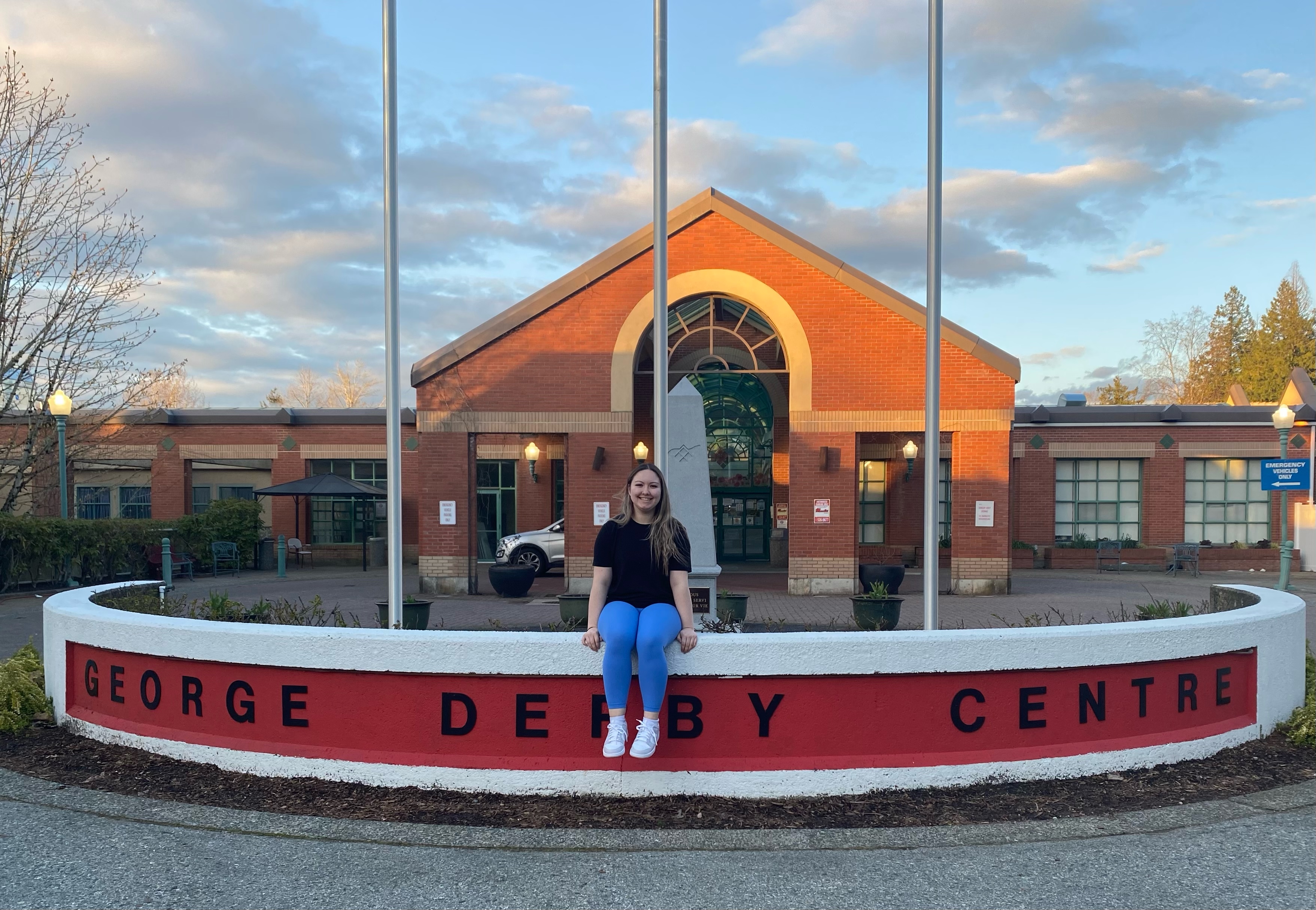
How can older adults age 65+ benefit physically & psychologically from participating in recreation-based physical activities prior to orthopedic surgery? How can Innovative Fitness develop pre-surgery classes that the public can access to jumpstart the recovery process? - Elijah Louttit
To answer my research question, YES! Older adults can benefit both physically and psychologically from participating in preoperative physical activity. There are many factors that go into the outcomes of surgery and one way to ensure that older adults are ready for it, is to take part in preoperative classes. It helps to increase bone mass, reduce diseases and allow you to reduce stress and anxiety that grow previously to surgery. Having recreation facilities develop and execute preoperative programs will help to ensure that the older adults are physically sound before surgery. There needs to be training or more education in order to have rec professionals perform these but it will reduce costs and other barriers that older adults face prior to surgery. I think it will help to reduce the gap between health care and rehabilitation, making recreation more relevant. Overall, there are minimal negative effects of performing preoperative programs, so making sure that older adults participate and stay healthy is one way to reduce post-op complications.

How can the community garden at Gleneagles Community Centre be used to reduce isolation, increase food security, and encourage the sharing of culture for participating gardeners? - Robin Wilson
There is favourable research that links community garden participation to strengthened social connections (Burt, Mayer, & Paul, 2021). There are many activities involved in community gardening that promote quality relationships which reduces the likelihood of isolation amongst gardeners (Gregis, Ghisalberti, Sciascia, Sottile, & Peano, 2021). As gardeners work so closely together, it is considered normal that friendships are made because being together in the garden encourages kindness and makes people happy (A. Gidi, personal interview, March 9, 2022).
Communities are becoming increasingly aware of the importance of a sustainable food system (Dolesh, 2011). It is recognized that community gardens have the potential to create a sustainable community with easy access to locally grown produce (Gregis et. al., 2021). Community gardens increase food security because they provide access to growing cheaper fruits and vegetables (A. Gidi, personal interview, March 9, 2022). The North Shore Community Garden Society recognizes food as a valuable resource and encourages all of their community gardeners to donate their excess yields to the Edible Garden Project (North Shore Community Garden Society, 2021).
Community gardens welcome people from a variety of backgrounds (Bjornson, 2006). Community gardens help to preserve culture by offering a space for people to grow produce from their homeland (Heilmayr, Reiss, & Buskirk 2020). Having a place to grow produce from one's own culture provides the opportunity to share cultural recipes and meals with other people in the community (Heilmayr et al., 2020). In fact, at the Moodyville Community Garden in North Vancouver, many gardeners will even share their gardening techniques that they learned from their home country (A. Gidi, personal interview, March 9, 2022).
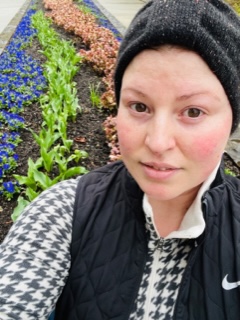
References:
Bjornson, M. R. (2006). Bloom to grow. Parks & Recreation, 41(3), 52–59. Retrieved from https://www.nrpa.org/parks-recreation-magazine/
Burt, K. G., Mayer, G., & Paul, R. (2021). A systematic, mixed studies review of the outcomes of community garden participation related to food justice. Local Environment, 26(1), 17-42. doi: 10.1080/13549839.2020.1861589
Dolesh, R. J. (2011). Back to the garden. Parks & Recreation, 2–4. Retrieved from https://www.nrpa.org/parks-recreation-magazine/
Gregis, A., Ghisalberti, C., Sciascia, S., Sottile, F., & Peano, C. (2021). Community garden initiatives addressing health and well-being outcomes: A Systematic Review of Infodemiology Aspects, Outcomes, and Target Populations. International Journal of Environmental Research and Public Health, 18(4). doi:10.3390/ijerph18041943
Heilmayr, D., Reiss, N., & Buskirk, M. (2020). Community gardens cultivate positive experiences for refugees. Journal of Therapeutic Horticulture, 30(1), 25-35. Retrieved from https://www.ahta.org/ahta-journal-of-therapeutic-horticulture
North Shore Community Garden Society (2021). North Shore Community Garden Society Gardeners' Guidelines. Published internal company document.
How can City of Vancouver recreation professionals working in large aquatic facilities optimally support the general admission pool user in achieving their leisure routines? - Sean MacDougall
During the research process, I found that the is a lack of aquatics-based content within the recreation. The answers I was able to reach regarding my question came by contrasting the more general leisure concepts of my literature review with the aquatics content from my primary research. A major finding was that people who visit pools generally do so for leisure/recreation purposes (casual leisure) over fitness or more skill-based purposes (serious leisure). Traditionally, casual leisure can be viewed as inferior to serious leisure due to its hedonistic tendencies. But if we examine the types of casual leisure within a pool setting, like socializing while doing light aerobic activity or using the hot tub jets for therapeutic purposes, we can see that there are no apparently casual leisure activities within aquatics that bring negative effects for the user if they are overindulged in. Essentially, whether casual or serious leisure is chosen within aquatics, both are chosen with the user having the betterment of their wellbeing in mind. People who visit pools develop routines to best support their own well-being by engaging in the various types of amenities pools provide. This puts the aquatic recreation professional in a hosting role, as to support the user in the facilitation of their leisure routine, which is likely to involve both serious and casual leisure.
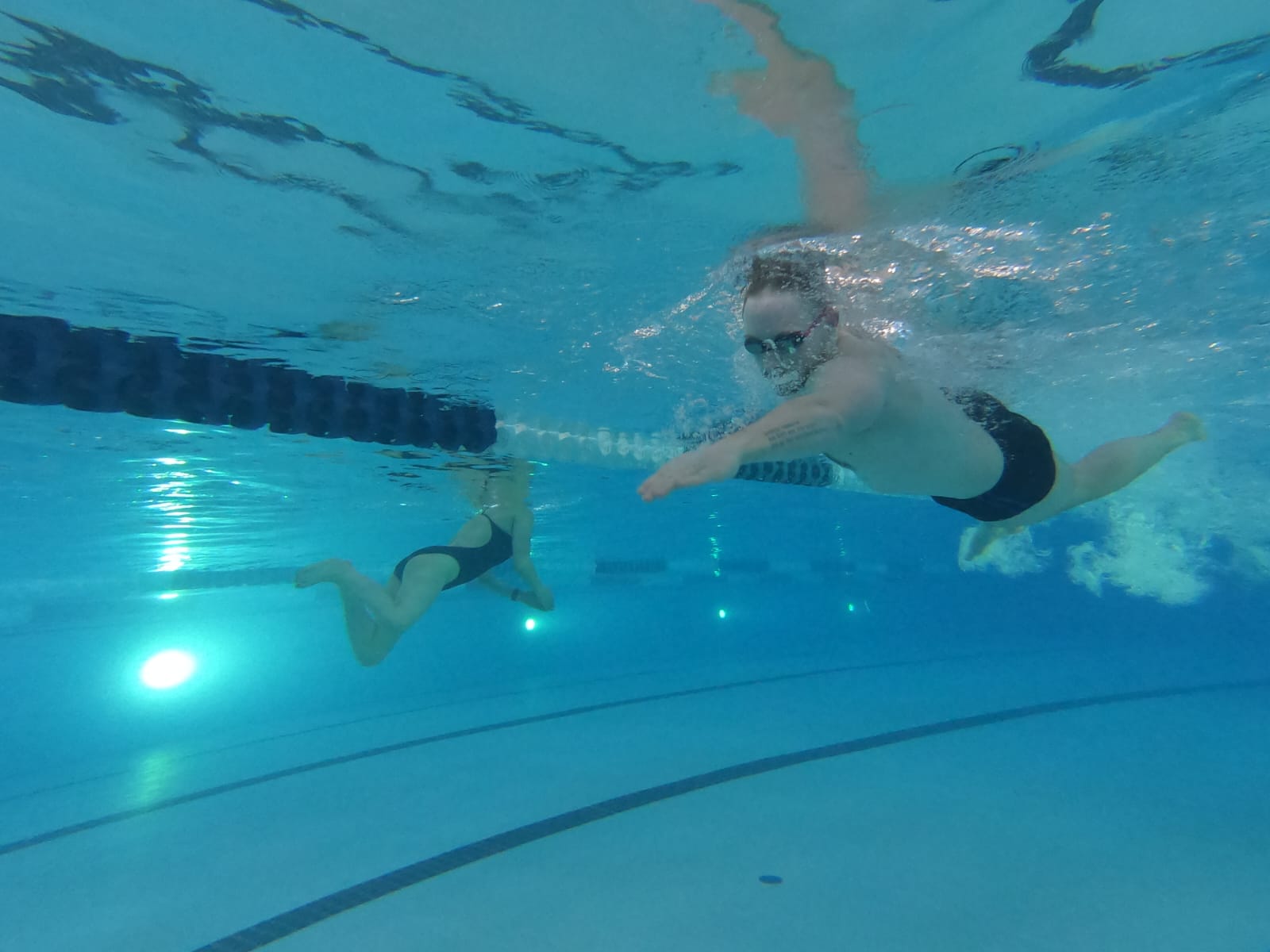
How does participation in recreation programs influence the social and emotional wellbeing of female youth ages 12-18 years old? and how can Thunderbird Community Centre develop programs to meet the needs of female youth? - Stephanie Jit
By the time a female youth turns the age of 13 years old, there is a decline in participation rates within recreational programs and sports. Within the primary and secondary research it was established that female youth participate less as they face mental challenges. These mental challenges play a critical role with a female youths social and emotional wellbeing as they lack self-confidence, self-esteem, and are self conscious of their body images. By participating within recreation programs, there was a correlation between a female youth’s social and emotional wellbeing as they were able to engage with others and create meaningful relationships with their coaches, and peers, while helping with their emotional wellbeing of feeling self-confident, feeling comfortable with their body image, as well as obtaining high levels of self-esteem. By participating within recreational programs, helps influence a female youths social and emotional wellbeing in a positive way as it gives them the tools to feel engaged with others while helping with their overall mental wellness.
Thunderbird Community was provided with a list of recommendations based on the findings from the primary and secondary research to help support the social and emotional wellbeing of female youth.
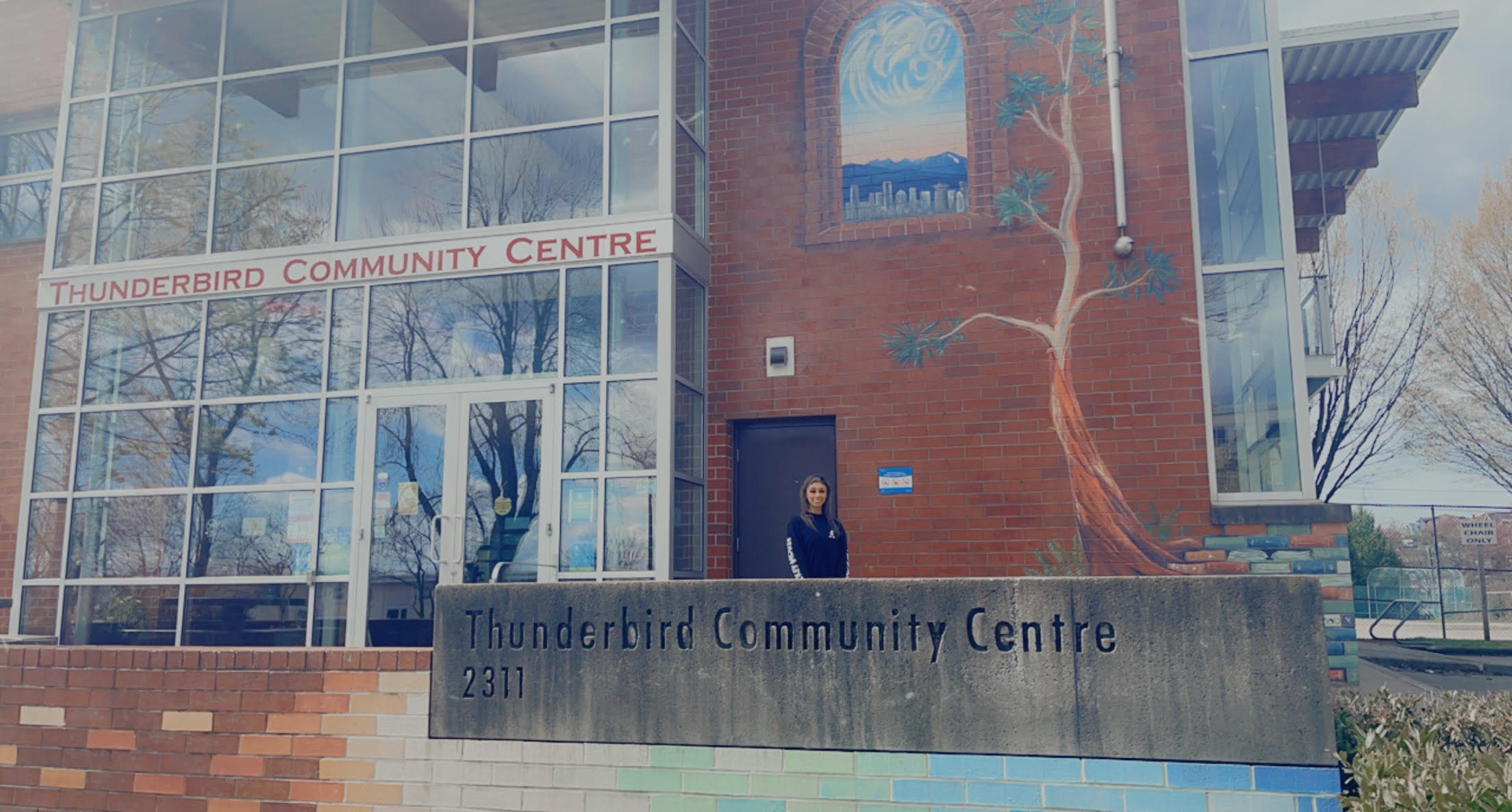
What are the benefits of participating in lifesaving and lifeguarding courses for ages 13-18 years old, and how can the Lifesaving Society BC & Yukon Branch align these benefits with local school districts? – Julie Kaufman
In recent years, the recreation industry has seen a decrease in youth entering lifesaving and lifeguarding as a career (Larsen, 2022). This has led to many local news outlets highlighting a lack of available swimming and lifesaving services in local communities across British Columbia and Canada (Luymes, 2022; Shartis, 2021; Simi, 2022). The purpose of this research was to highlight the benefits youth can gain from participating in lifesaving and lifeguarding courses to aid in encouraging more youth to enter the field of aquatics, and work to align these benefits with local school districts to promote potential partnership opportunities to assist in providing more opportunities for youth to complete their courses. Primary research was conducted through interviews, content analysis and observations from a special perspective alongside secondary research to answer the research question of “What are the benefits of participating in lifesaving and lifeguarding courses for ages 13-18 years old, and how can the Lifesaving Society BC & Yukon Branch align these benefits with local school districts?” Key findings showed that lifeguarding and lifesaving courses provide unique opportunities for youth to develop a variety of benefits. These benefits included:
- Increased social capital
- Improved physical activity
- Learned transferrable skills
- Developed leadership skills
- Heightened teamwork abilities
Alignment of these benefits was found between the Lifesaving Society BC & Yukon Branch and local school districts by comparing course content alongside the BC Ministry of Education’s core competencies. This important finding provided insight into how the two organizations could work together to benefit both parties involved, while also making a positive impact on youth.
Five recommendations based on this research were provided to the Lifesaving Society BC & Yukon Branch to assist in continuing to answer the research question. These recommendations included:
- Establishing an Advisory Group to assist with establishing partnerships with schools
- Creating and updating promotional materials to highlight benefits youth gain from participating in lifesaving and lifeguarding courses
- Seeking funding sources to assist in establishing school-based partnerships
- Meeting with school administrators to form relationships between key stakeholders
- Promoting a variety of partnership opportunities between Affiliates and local school districts
How can the Boys and Girls Club program model reduce barriers to participation for six-to-twelve-year-old’s that will aid in their social development and build authenticity - Kayla Woodward
The Boys and Girls Clubs of South Coast BC is centered in providing services for children, youth, and families in various facets such as their club locations throughout the lower mainland. Barriers play a key part in a child being able to attend out of school programs, let alone be in spaces that allow them to develop socially and learn. Although BGC has done extensive work, along with other organizations, there needs to be more available funding for childcare providers in the recreation sector to access or develop additional training that targets social development specifically to help staff feel confident in supporting the children they are working with. The primary demographic of children being left out of after school programs is those with disabilities so it is vital more resources are put into places to make it more accessible to attend as it will open opportunities for that child they may not currently have. Common and the most successful ways children get to learn about themselves and others, and gain social skills, is through play and storytelling. As recreation leaders, communication is vital between the staff team and with children. It helps staff to be proactive if there is any behaviours to watch for and helps the team get to know the child. When it comes to interactions between staff and with children, being able to role model and identify good communication will help children develop those social skills through observation and identifying what helps them in certain settings. No matter how long one has worked with children, or their experience – learning can always be done to ensure the children and their families being served best supported.
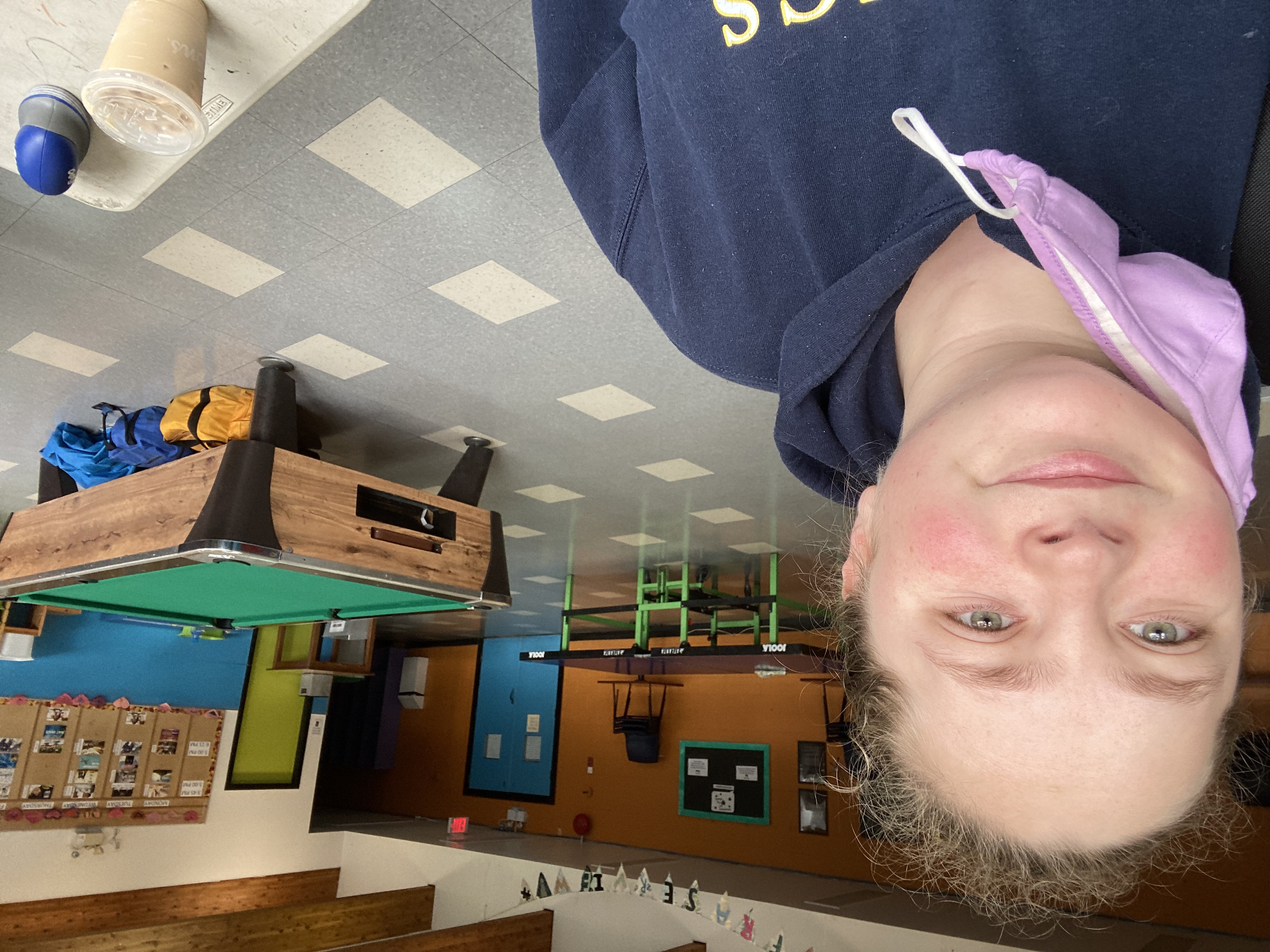
What transferable job skills do post-secondary students gain from volunteering in campus recreation departments that improves their future employability? - Mikayla Wong
A. W. Astin’s Student Involvement Theory suggests students who continuously invest physical and psychological energy into their college experience, particularly in co-curricular activities, will perform better academically as well as develop key life skills (1984). Through their involvement with Simon Fraser University’s Recreation department, students are able to meet new people, share hobbies and feel a sense of community, all of which enhance their overall higher education experience.
Equally as important, volunteer positions in fitness, recreational sports and climbing allow students to develop a number of key transferable job skills they can use in future jobs within their respective fields. Skills relating to communication, teamwork and attention-to-detail were found to be most prominent across all three areas of the department. The ongoing development of these three transferable skills improves students’ future employability, regardless of the career path they choose. Skills relating to emotions, writing and technology were found to be the least utilized across all three areas. In addition to this, research yielded results that indicate volunteer's motivation for applying to student positions is the desire for community/connection, rather than gaining experience. However, staying motivated in the position is affected by not only how involved they feel in the community, but by the diversity of tasks they are offered at work. Climbing and recreational sports were found to have more variety in tasks and transferable job skills were observed to be used in more diverse ways compared to the fitness area.
To address these gaps, a number of recommendations were made by the researcher. In the area of fitness, it is recommended for the organization to offer volunteers additional duties and responsibilities instead of limiting them to checking in participants. For all three areas, it is recommended to offer external professional development opportunities to develop skills that were found to be least utilized (emotional, technological, writing skills). These improvements will also directly benefit future student volunteers as they address the gaps found in skill development and utilization. Moreover, in deepening their understanding of why students volunteer in campus recreation, the organization will be able to better support them. It is these factors combined that makes volunteering in campus recreation departments incredibly valuable for students both personally and professionally, as Astin’s theory suggests.
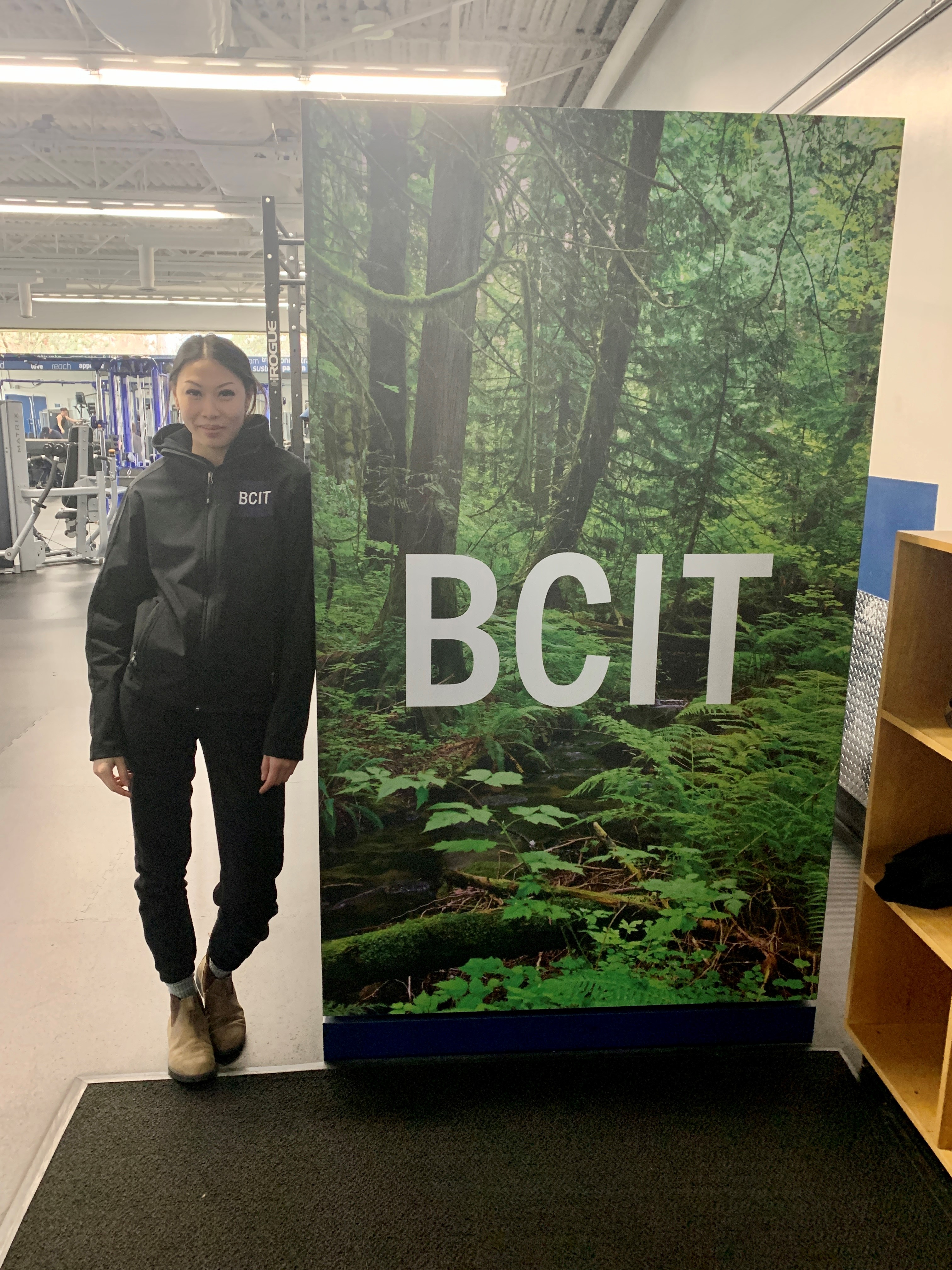
Photo: Mikayla at BCIT - This photo is relevant to my research because I am going to be applying findings from my research (partnered with SFU) to the student staff model at BCIT. BCIT offers student staff and volunteer positions across the entire Student Success area including in Recreation. I was recently approached by the Associate Director of Student Success because she heard I was researching this topic and wants to sit down and review the staff model with me!
What are the current barriers for seniors’ aged 65 – 85 to participate in recreational activities? And what can the Kerrisdale Community Centre do to reduce these barriers? - Jackson Key
The Kerrisdale Community Centre has an established Seniors Centre where programming provides seniors an opportunity to participate in recreation and connect with their peers and others in the community. The community of Kerrisdale has a large seniors population, in 2016 seniors made up 19.3% of the population. The Seniors Centre at the Kerrisdale Community Centre provides seniors programming to many of the older adults in the community. Research on this topic indicates that there are barriers that prevent some seniors from accessing this programming. These barriers include transportation barriers, language barriers, lack of awareness of programming and barriers with technology. It is important for the Kerrisdale Community Centre to reduce language barriers as the community of Kerrisdale represents many different cultures and languages. It is suggested that the Kerrisdale Community Centre address the language barrier by providing multilanguage signage in the Seniors Centre as well as having the leisure guide available in different languages. To increase awareness of programming, the Kerrisdale Community Centre could have in person promotion of seniors programming before each registration period. This would help increase awareness of what is available to the community. It was found in the research that in person communication would increase familiarity and awareness of programming. This ties in with the fact that many seniors experience barriers with technology. In person promotion and registration would help remove the technology barrier. Through the research, it was established that there is currently low participation for senior males at the Seniors Centre. This indicates that there could be barriers preventing males aged 65 – 85 from accessing programming. The observations showed that the Kerrisdale Community Centre has gender neutral programming for seniors. Further research is suggested to identify barriers that exist for males in this age group. The Kerrisdale Community Centre provides valuable programming that allows seniors to connect with each other and the community. By removing the barriers found in the research, the Kerrisdale Community Centre could reach a greater number of the seniors in the community.
What are the benefits of recreation and leisure activities for people with disabilities and how can posAbilities use these benefits to improve the experiences of its persons served. - Howard Rahn
The essence of my research project was to answer a question about how recreational and leisure activities can impact and "benefit" people with a disability, living in a group home setting. There is still plenty of stigma and bias against this sector of society and this community at large. Now more than ever they need our help as Recreational Programmers to help them to flourish and be empowered, especially people with profound intellectual and multiple disabilities. My research concluded that a person with disabilities can succeed if the barriers are lifted, and disabled lives are transferred out of empty existence and into quality time through recreation. My research showed that recreation suitable to the disabled person has a significant and visible effect on that person. Such recreational activity reduces stress, improves self-esteem and self-confidence, reduces the need for medical intervention, increases sociability and communication with others and stimulates a sense of empowerment. The non-profits that support people with disabilities need to hire recreational programmers who can devise exercises suited to the individual with a disability and can also inspire them to accept the challenge. The more they interact on the recreational stage, the more some of their other problems will be reduced. It is also up to us as Recreational Programmers to make it happen for this group of people in our society. The non profit that was involved in this study does a great job in supporting people with profound intellectual and multiple disabilities. We are so close to full integration of the disabled and yet still not quite there. That was the essence of my research.

What factors create a safe and welcoming environment for LGBTQIA2S+ youth and how can the City of Surrey ensure that their recreation facilities and programs are safe and welcoming? - Lena Ticknor
Review of literature determined that LGBTQIA2S+ youth value partaking in activities that are LGBTQIA2S+-exclusive, as they found they did not experience bullying and harassment from their peers in these situations. These youth reported feelings of safety and belonging in these environments. Moreover, sports groups that are LGBTQIA2S+-focused aid in dismantling stereotypes about these individuals in sports while allowing them to have fun. Utilizing gender-neutral language in recreation facilities, such as changing rooms and washrooms, and on program registration forms can reduce barriers to participation for transgender and gender non-conforming youth. Recreation staff members could benefit from diversity training that focuses on LGBTQIA2S+ youth so that they are better equipped to build supportive relationships with these individuals and to resolve difficult situations that may arise.
Primary research revealed that the City of Surrey is currently taking initiatives to ensure that LGBTQIA2S+ are safe, welcomed, and included in their facilities. The City of Surrey indicated that diversity and inclusion of all individuals were a high priority, including these initiatives in their Parks, Recreation, and Culture Strategic Plan and on their website. The City has collaborated with an LGBTQIA2S+ youth group to plan and deliver programs for these individuals in the past, specifically three All Bodies Swims in 2019. Moreover, the City of Surrey has incorporated gender-neutral changing rooms and washrooms into some of their recreation facilities, including the Guildford Recreation Centre and the Clayton Community Centre. However, there are some areas for improvement for the City of Surrey. Currently, they do not offer any programs specifically for these youth in their Recreation Guide. Additionally, their Child and Youth Friendly City Strategy does not outline LGBTQIA2S+ youth when discussing goals and action plans for diverse youth. The City’s Healthy Communities department has training initiatives in place for supporting LGBTQIA2S+ youth. However, staff working in the Parks, Recreation, and Culture departments could greatly benefit from this training to support these individuals.
Other research indicated that other municipalities currently have programs that are available for LGBTQIA2S+ youth. Factors that make these programs safe and welcoming for these individuals include requiring participants to register and check in with staff before attending, incorporating participant feedback into the structure of the program, including LGBTQIA2S+ members as leaders of the programs, and utilizing an ambiguous name for the program to maintain confidentiality of its members. There is limited research available pertaining to LGBTQIA2S+ youth in leisure and recreation settings. Therefore, continued studies in this area are essential for the development of safe and welcoming environments for LGBTQIA2S+ youth in the City of Surrey’s recreation programs and facilities.
Review of both the primary and secondary research conducted has resulted in the following recommendations for the City of Surrey:
- Continue partnering with Youth 4 A Change to facilitate and implement programs that support LGBTQIA2S+ youth.
- Provide staff training pertaining to LGBTQIA2S+ individuals in the Parks, Recreation, and Culture departments so staff are equipped to help support these individuals.
- Liaise with other municipalities in British Columbia to see what programs are currently in place for LGBTQIA2S+ youth and how they can adopt similar programs in their recreation facilities.
- Include LGBTQIA2S+ individuals in long-term planning documents, such as the Child and Youth Friendly City Strategy so that the needs of these individuals are also being prioritized.
- Incorporate and promote LGBTQIA2S+ youth programs in the Recreation Guide so that youth can feel welcomed and included at the City of Surrey’s recreation facilities.
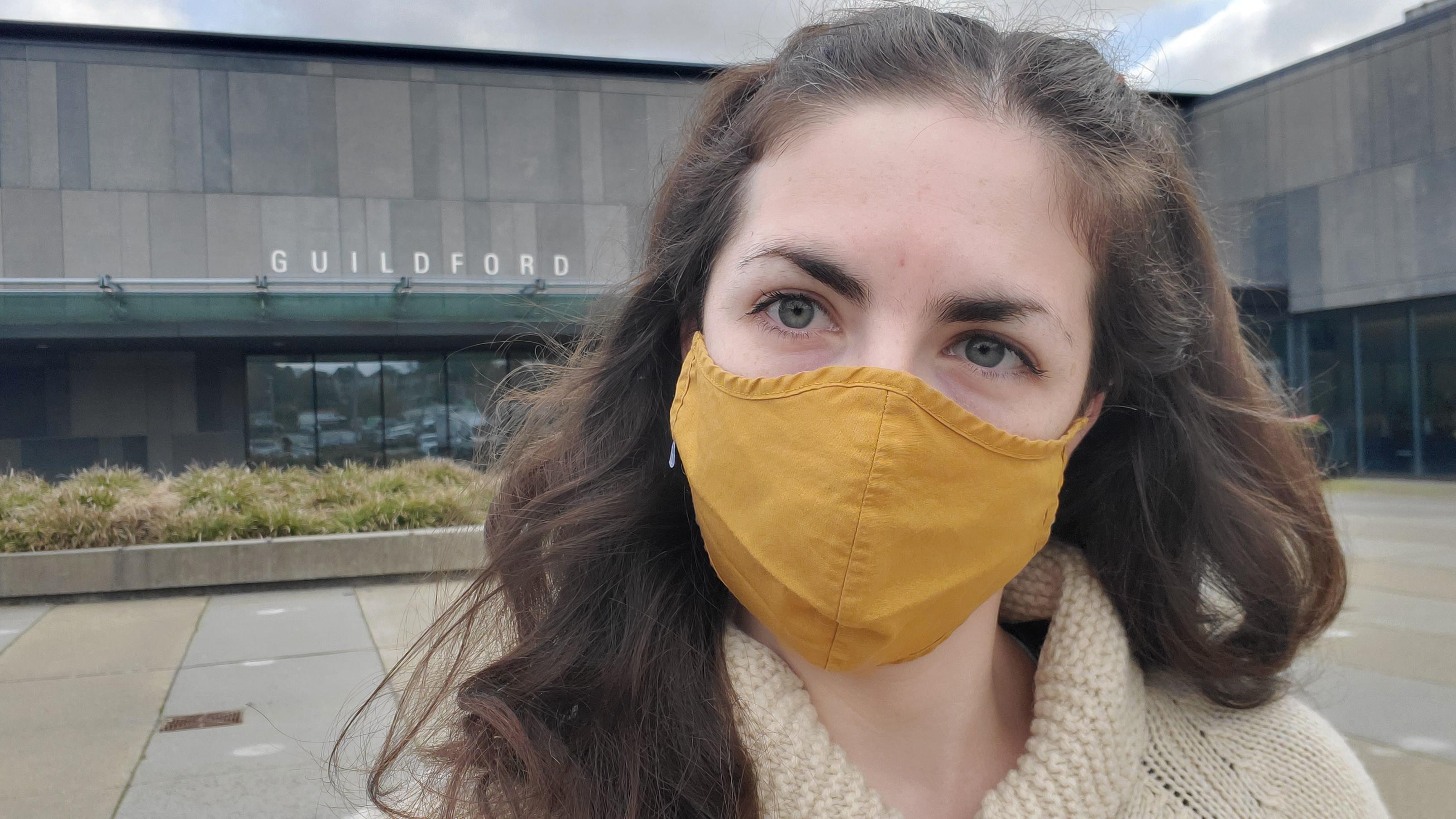
How can the City of Burnaby’s Citizen Support Services increase the well-being of seniors aged 65+ by ensuring program accessibility? - Roberto McKave
There are many new processes the City of Burnaby can attempt to implement to increase program accessibility and decrease barriers for seniors. Citizen Support Services can increase the frequency they meet with departments including Burnaby Public Health, Burnaby Community Services and the Recreation Department to ensure that programs are being built and altered to meet the needs of seniors and ensure there are no blockers to accessibility. Communication with these departments is crucial in determining program accessibility needs, trends and ideas for programming. Additionally, it was shown in the research that language can be a blocker to accessibility and that this is a current issue that Citizen Support Services faces. It is important to provide program resources in other languages or even work towards providing programs in popular languages such as Mandarin, Cantonese and Chinese, n.o.s. as combined they make up for 25.5% of the mother tongue of the population of Burnaby (Statistics Canada, 2011). Citizen Support Services must also work on building out programs that further subsidize transportation services for seniors and allow for wheelchair and walker accessibility. As increasing sense of accomplishment and mental fitness are all factors that are provided through community programs; minimizing the barriers to accessibility can help better suit the needs of the seniors and can ultimately help improve their well-being by having access to the appropriate resources.
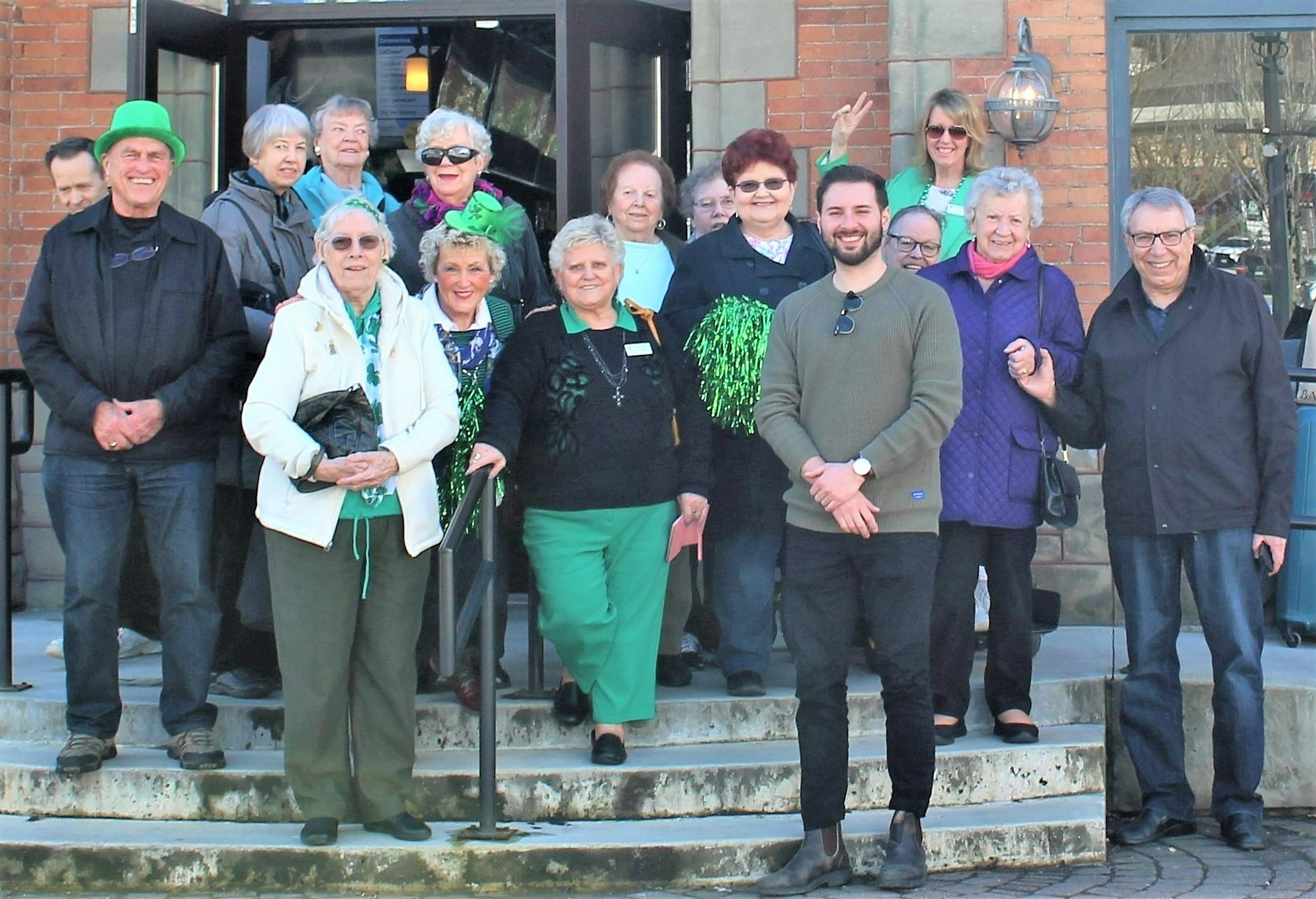
How the participation of outdoor risky play can benefit the social, cognitive, and physical development of school-aged children?' and 'how can Langley City's Recreation, Culture and Community Services Department offer outdoor risky play opportunities, while informing the public of the benefits?' - Taylor MacDonald
Children who engage in risky play have the opportunity to improve the development of their social, cognitive and physical health. Children improve their self-confidence, problem solving skills, and risk management skills. These skills improve as risky play encourages children to make decisions within their play. Additionally, children improve their physical literacy and motor skills. The City of Langley must offer these experiences in a way that mitigates the risk associated. This is essential due to the aversion of risk that western society has adopted. Furthermore, education is a critical piece of ensuring the success of these experiences. Since the apprehension of adults is the biggest barrier. Education through reflection is proven to be the most successful in ensuring the public of the benefits. Adventure Playgrounds, Nature Preschools and Camps are some programs that these experiences can be facilitated.
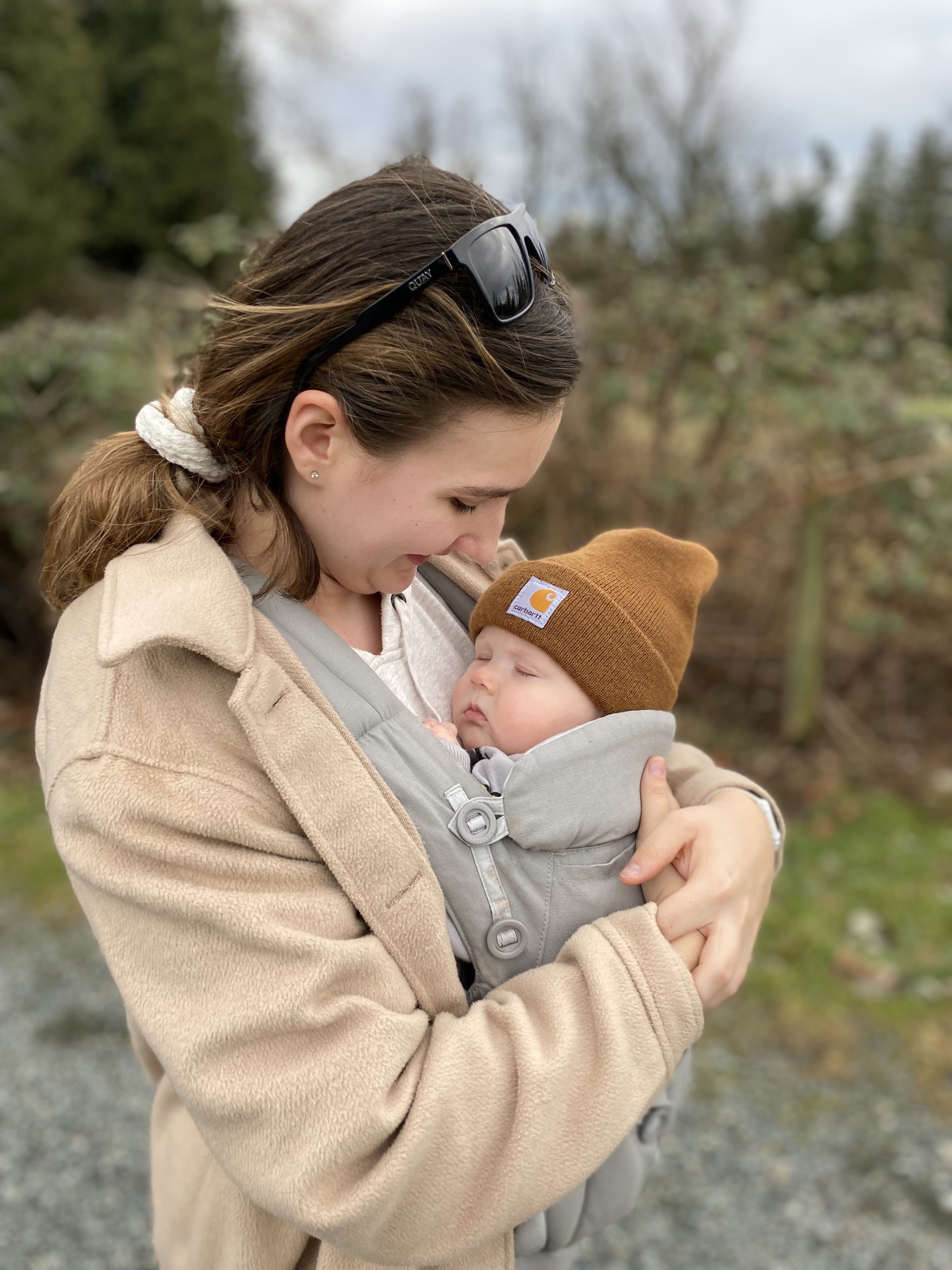
In what ways does participation in recreation programs effect seniors aged 65+ mental health, and how can the McKee Seniors Recreation Centre address these mental health needs into their programs? - Danielle Mageau
The senior’s population is growing vastly and the needs for recreational activities to help keep them active and engaged is vital towards well-being. Recreation has the ability to make profound differences in senior’s lives by providing a variety of opportunities that help seniors reconnect with the community and each other. Participation in recreational programs and activities effects seniors aged 65+ mental health psychologically, physically and socially. Participation and engagement in such activities brings seniors healthy aging and living, cognitive and emotional support and improvements, as well as socialization and connectedness to others and the community. As professionals, providing programs that have goals and a purpose towards supporting areas of mental health is important for the future. The McKee Seniors Recreation Centre is able to address these needs into their programs by providing a variety of opportunities for seniors with centered goals around each area of mental health, to complete community out reach initiatives in order to gain insight on what will support seniors mental health the most effectively, and to create neighboring partnerships with mental health organizations on to help support and improve mental health for seniors in the community.
